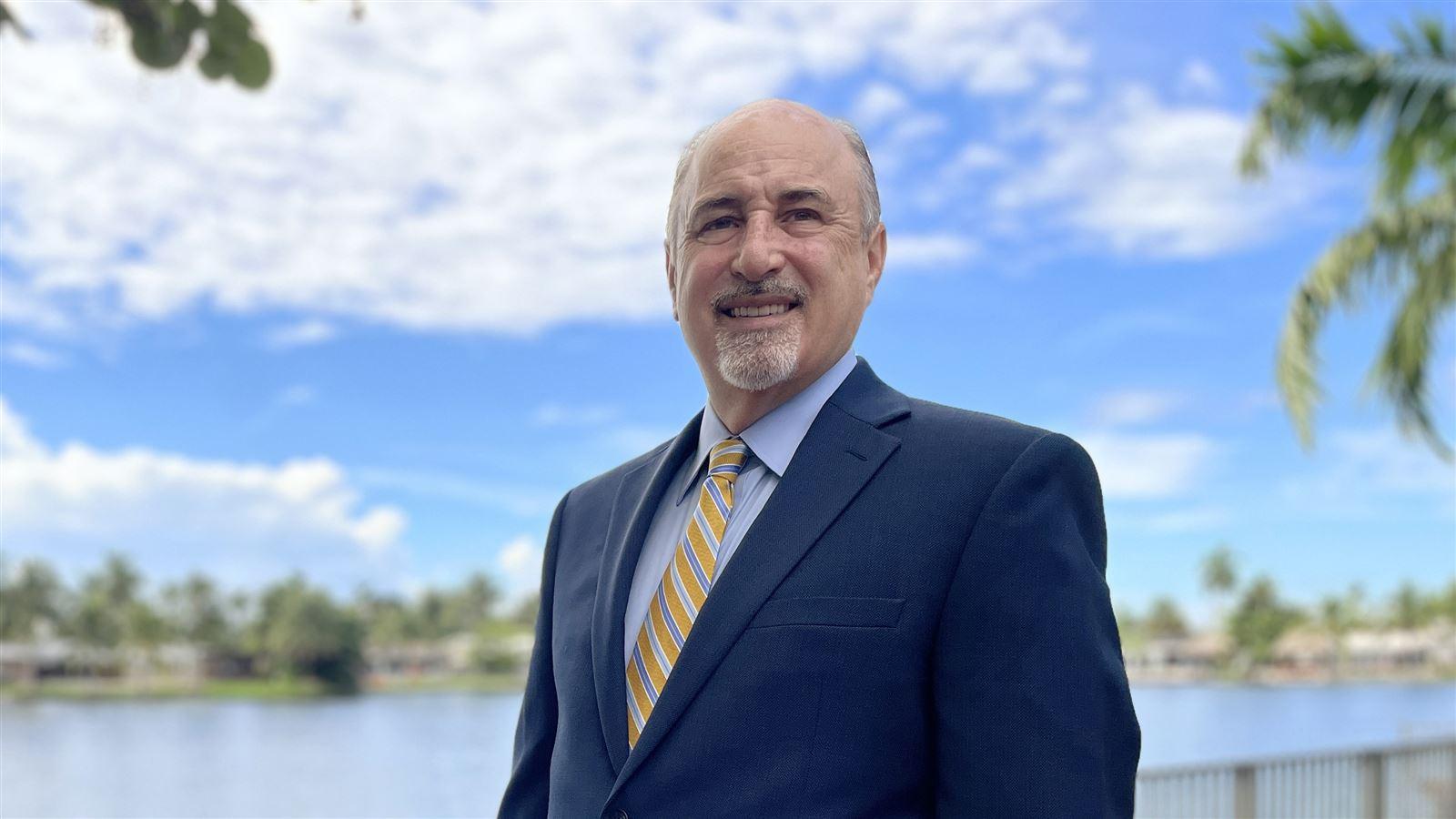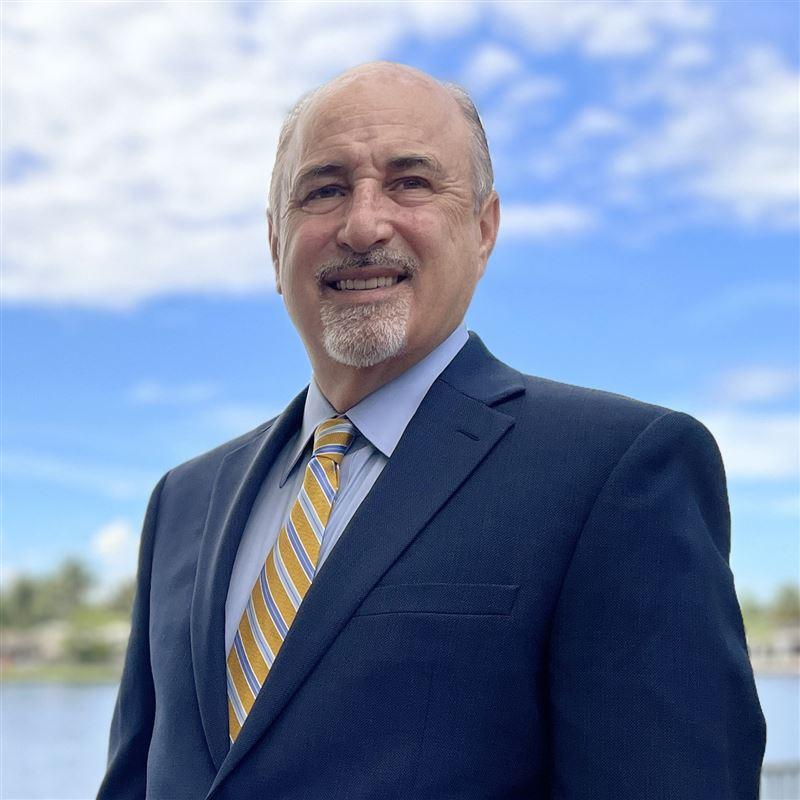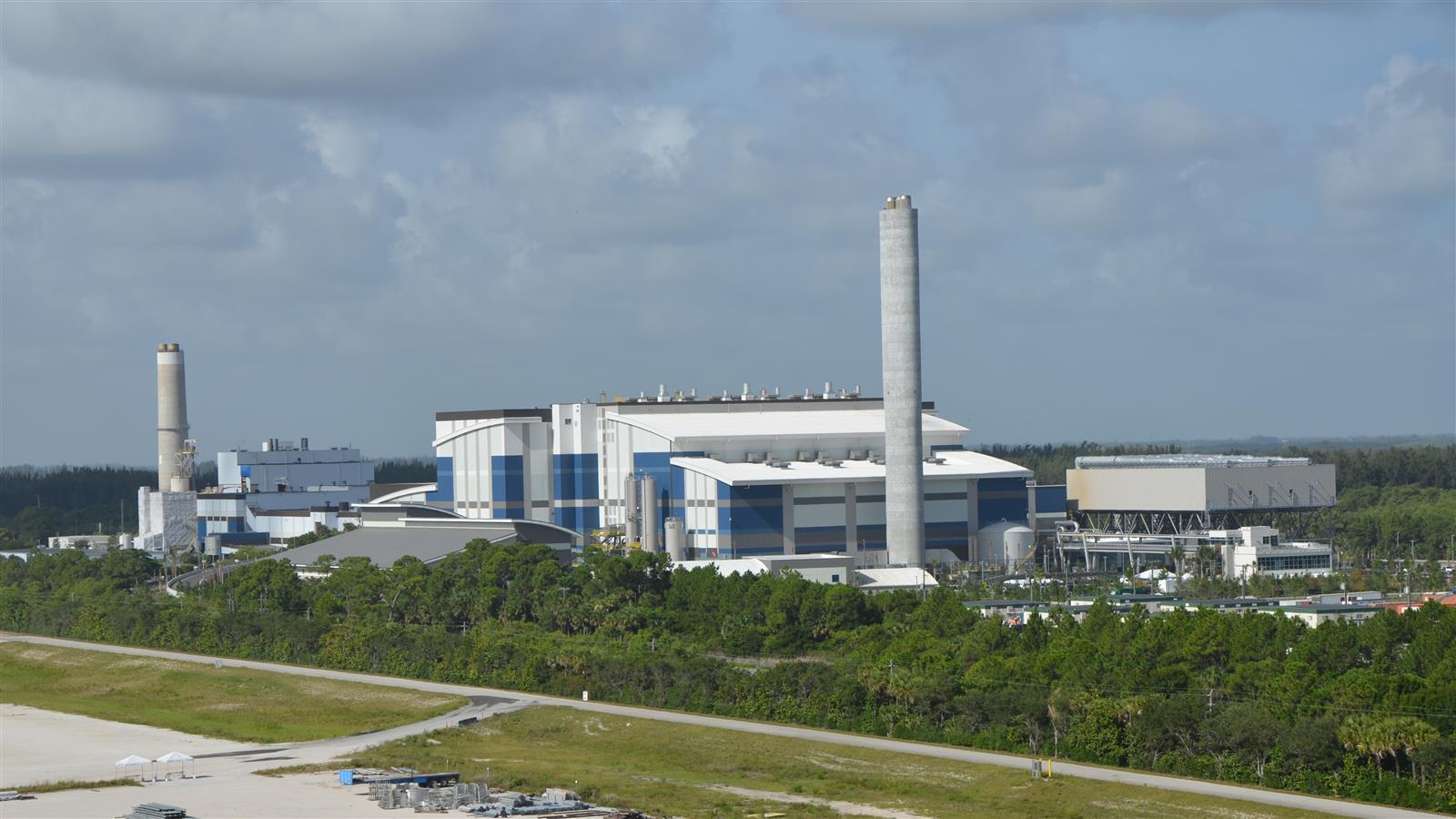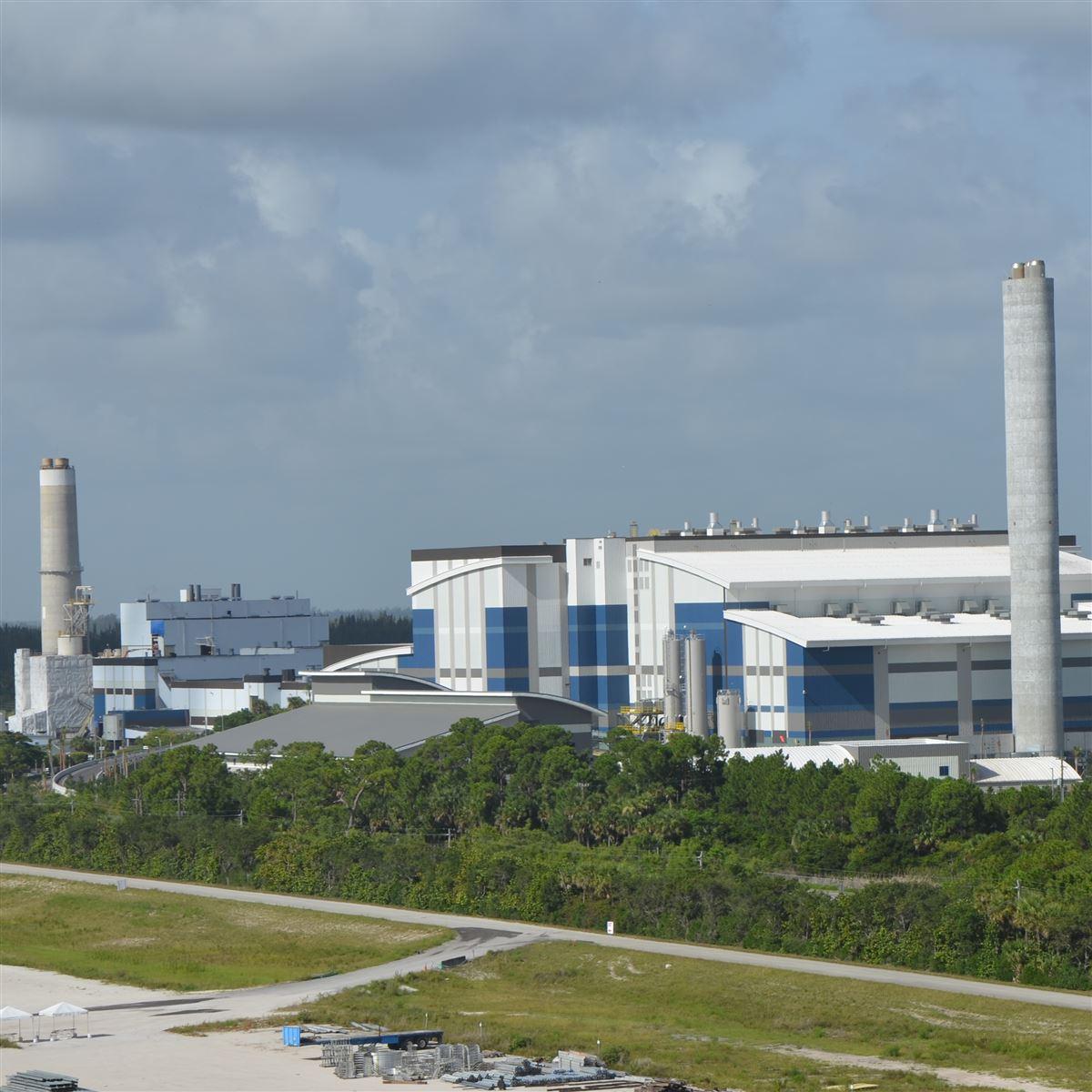Planning for the Future of Solid Waste: Waste-to-Energy
Planning for the future of solid waste takes time and consideration to achieve success. Multiple elements must be considered at once: projecting future needs, engaging the public, conducting siting studies, considering political elements, and more. Siting a new solid waste management facility is one of the most difficult tasks experts in this field will face, but a functional and efficient facility is key to extracting beneficial resources and disposing of the material effectively, while reducing or eliminating reliance on outside disposal entities.
While landfilling is technically the only method of waste disposal, and alternatives are technically classified as diversion or volume reduction, some methods can produce or extract beneficial resources before disposal. That's where waste-to-energy (WTE) comes in.
What is WTE?
WTE, also known as Energy from Waste (EfW), entails generating energy in the form of electricity and/or heat from the combustion of waste. WTE plants burn municipal solid waste (MSW), or trash, to produce steam in a boiler, and the steam is used to power a turbine generator. Mass burn WTE is the industry standard, where all waste is combusted as received without preprocessing.
WTE generates revenue from the sale of electricity to the utility. Local electric utilities are required to purchase all electricity generated by the WTE plant. These plants on average export 550 kwh/ton of processed MSW. The revenue from this electricity varies depending on the purchasing utility and when the facility was contracted.
Why should a community consider a WTE facility?
WTE facilities offer several benefits, contributing to both environmental and energy-related objectives.
- WTE facilities offer a limited environmental footprint. Even a large scale WTE plant requires less than 30 acres, compared to a landfill, for which the ultimate size and availability of land can be a significant hurdle.
- They generate renewable energy and diversify preexisting energy sources. WTE facilities can be considered a renewable energy source as long as the waste supply is sustained, and they reduce the dependence on finite fossil fuels.
- The longevity of a WTE facility is a benefit to consider. It’s a long-term solution, lasting about 5 decades (and longer) with retrofits and expansions.
- It can be designed specifically for expansion by leveraging an additional processing train to solidify the facility’s longevity and maximize investments.
- WTE facilities conserve space in landfills. Ash at these facilities takes up 10% of the volume of trash.
- WTE facilities incorporate processes to recover metals from the ash generated during combustion, contributing to metal recycling efforts.
- Communities that rely on WTE are documented to have more effective recycling programs.
- They reduce greenhouse gas emissions in comparison to landfills. By reducing the amount of organic waste sent to landfills, WTE facilities help prevent the formation of methane, which is a very harmful greenhouse gas pollutant. They also promote lower carbon emissions.
What does a wte facility look like in practice?
The most recent plant in the US was built in Florida in 2015 by Solid Waste Authority (SWA) of Palm Beach County to expand its award-winning solid waste management system, adding a new waste-to-energy facility: the first of its kind to be built in the United States in more than 15 years. This 3,000-ton-per-day mass burn renewable energy facility now processes solid waste for the county’s 1.3 million residents and businesses. With the capacity to process 1 million tons of municipal solid waste per year, the renewable energy plant generates approximately 75 megawatts, enough electricity to power 44,000 homes, and significantly reduces landfilled waste in Palm Beach County by up to 90 percent.
how do you bring a wte facility to life?
Contracts for these plants are often a public-private partnership using a design-build-operate project delivery. Contracts are usually a joint venture between engineers, constructors and operators, and design/construction provisions govern until a commissioning test to satisfy all guarantees of plant performance. Following commissioning, or acceptance, the commercial plant operating period begins, which is usually a 20 year initial operating term. Reach out to our solid waste experts for more information on typical service agreement terms, vendor responsibilities, and owner responsibilities for this type of project delivery.
are there other benefits of wte?
Social WTE benefits are context-dependent, and successful implementation requires careful planning, transparent communication with the community, and adhering to environmental and safety regulations. If implemented properly, these facilities have numerous community benefits.
The development, construction and operation of WTE facilities open employment opportunities across sectors, including engineering, construction, operations, maintenance, and support services. This can contribute to local economic development and improve employment prospects for residents. By reducing the reliance on landfills, WTE facilities help optimize land use, which can be valuable in densely populated areas to preserve space for recreation or agriculture.
The presence of these facilities can also serve as an opportunity to educate the community about waste management practices, recycling, and the importance of reducing waste. Increased awareness can lead to more responsible waste disposal habits among residents. Proper waste management can also contribute to public health and safety by minimizing the risks associated with uncontrolled waste disposal.


Municipal solid waste managers must balance a wide range of needs and interests whether it is implementing new technologies, securing public acceptance, or planning for long-term community needs.


